(By Rabbi Yair Hoffman for the Five Towns Jewish Times)
A wealthy philanthropist in shul, about to turn sixty, had just scheduled a colonoscopy. Interestingly enough, he had scheduled the test not because his doctor recommended it, but rather because he was about to turn sixty. His concern is that he wants to make sure that he has not incurred the penalty of Kareis – the penalty of being cut-off.
Presumably, his actions were based upon the Gemorah in Moed Katan (28a) where Rav Yoseph made a party upon reaching the age of sixty because he made it to sixty and therefore did not incur the punishment of Kareis. Abaye pointed out that there is a second type of Kareis called Kareis of days. Rav Yoseph replied that just outliving Kareis of years is also a reason to celebrate.
It is an unfortunate reality that there are many nice people out there who may have something rather serious hanging over them. That something is the Divine punishment known as kareis—being cut off. This penalty is associated with a number of violations: desecrating Shabbos, improper relationships. eating blood, breaching the prohibition of niddah, eating on Yom Kippur, eating cheilev, going onto prohibited places on Har HaBayis…the list goes on.
THE QUESTION
Kareis, of course, is quite serious. But can anything be done? Is there a means by which kareis can be rectified? If so, how? And why haven’t we heard about it before? Is there a particularly propitious time for it?
The answer to this question, fortunately, is “yes.” With the Yom Tov of Shavuos quickly approaching, however, there is now a possibility of double-dipping. But, there are other requirements.
LEARNING ALL NIGHT
The great AriZal, Rabbi Yitzchak Luria (Shaar Ruach HaKodesh, p. 11b) describes a rectification ritual known as tikkun kareis. He writes as follows: “One who is awake all night and does not sleep at all, and immerses himself in the study of Torah that entire night will exempt himself from one punishment of kareis if, Heaven forbid, he has incurred it. Each night exempts one kareis.”
So here we have it. One night of all night-learning can rectify one violation of Kareis.
THE THOUGHT PROCESS
Rav Chaim Vital, the foremost student of the AriZal, adds more information about the exact kavanos – intentions that one must have while learning Torah for the rectification: One must connect his neshamah to the root above, thus rectifying Adam Elyon. Practically, this means that he should focus and picture his neshama connecting and originally emanating from the upper heavenly sphere.
THE FOUR CAVEATS
Other caveats that Rav Chaim Vital adds are to refrain from 1] haughtiness, 2] anger, 3] being makpid – being overly-strict with people, and 4] lashon ha’ra. It is, of course, worthwhile to study an overview of each of these midos and actions to ensure that one does not violate them.
WHAT TO STUDY
Rav Alexander Ziskind of Grodno (d. 1794) author of the Sefer Yesod VeShoresh HaAvodah (Shaar HaKollel) adds to this. He writes that it is proper to study a subject that is related to the sin that one has committed, and that there are some propitious times for this ritual. The two most propitious times are during Yamim Nora’im and during the weeks of Shovevim Tat.
What is “Shovevim Tat”? It is a special time when teshuvah is more effective: the weeks that we read Sh’mos, Va’eira, Bo, BeShallach, Yisro, Mishpatim, Terumah, and Tetzaveh. The names of these parashios form the acronym “Shovevim Tat,” which means “those who return.” He also adds that, ideally, one should perform this tikkun while standing.
WHO ELSE DISCUSSES IT
Does anyone else discuss this tikkun? Do any of the standard rabbinical texts and sources reference it? Are there any any Litvishe—non-Chassidish and non-Sephardic gedolim—who discuss it?
The answer is yes. The Chofetz Chaim discusses it. But first some background:
The Rif (Rabbi Yitzchok Alfasi) is known for his commentary summarizing the more pertinent aspects of the Talmud for us. The problem is that he did not write such a work on the order of the Talmud known as Kodshim. To help fill this lacuna, the Chofetz Chaim himself wrote such a work, called Likutei Halachos. In the beginning of Maseches Kerisus the Chofetz Chaim references this custom cited in the Kabbalistic texts of Tikkun Kareis,
SOMETHING ELSE TO STUDY
The Chofetz Chaim adds the following words after he discusses the minhag of Tikkun Kareis: “It is certain that if a person learns the entire maseches that deals with the punishment of kareis and the ways to avoid it, it will be enormously effective in cleansing his neshamah.” He further adds that it is especially true if he knows it well. There are 28 pages in Kerisus (and it is only one volume in the ArtScroll), so it should not be stupendously difficult to master.
A LIST OF FASTS
The AriZal also provides a list of sins with a corresponding number of fasts that will atone for those sins (also in Shaar Ruach HaKodesh). The commentators ask (see Ohr LeTzion Vol. III, Ch. 30) an interesting question: Do these fasts atone for every instance of that particular sin, or is the entire cadre of fasts listed necessary for each and every instance of violation of each sin? Or perhaps is there a sort of “all-day pass” that requires more fasts, but not the entire list for each violation?
It seems that the answer to this question is cause for debate among halachic (or kabbalistic-halachic) authorities. The first Lubavitcher Rebbe, Rabbi Shneur Zalman of Liady, writes in chapter three of his Iggeres HaTeshuvah (found in the Tanya) that it is necessary to fast three times the amount listed in the AriZal’s list, and the entire aveirah is thus fully atoned for. Rav Yoseph Chaim in response Rav Pealim (Vol. III, No. 35) writes that one only need follow the AriZal’s formula once, and each violation of that sin in the past is atoned for.
REDEEMING FASTS WITH TZEDAKAH
There is also an accepted practice to redeem the fasts with tzedakah. This practice is cited by the Mishnah Berurah, the GraZ, and the Kaf HaChaim (O.C. 119:15). To calculate the proper amount, one must figure out the portion cost per meal (for that day) and multiply it by the numbers listed by the AriZal. He also points out that one cannot mix tikkunim; each fasting for a particular sin must be kept separate.
ONLY AFTER AGE TWENTY
The punishment of kareis is only for prohibitions one committed after the age of 20. So even though one is certainly liable for sins committed at age 13–20 (12–20 for girls), the punishment of kareis does not begin until one’s 20th birthday. Some authorities read the Rambam as being of the opinion that liability for kareis begins at 13; they infer this from what he writes in the laws of milah, that from age 13 if one did not yet have a b’ris milah he must do so, and if he does not, he is chayav kareis. However, the Rambam clearly writes in his commentary to the seventh chapter of Sanhedrin that the period for kareis begins at age 20.
NO PREREQUISITE OF WARNING
To be liable for kareis, there is no prerequisite of hasra’ah (warning). The reason is that since the punishment is meted out by Heaven, it is clearly known in the heavenly courts what the perpetrators intentions were.
CONCLUSION
. In conclusion, we see that there are steps by which one can recover from a kareis violation. They involve sincere repentance, special kavanos, and all-night Torah study. Ultimately, it is worthwhile to pursue, since Hashem does not want the death or destruction of those who sin. Rather, He desires our penance and return to Torah and His ways. The Yom Tov of Shavuos is coming up and it gives people an opportunity to learn all night. We should take advantage of it.
The author can be reached at [email protected]

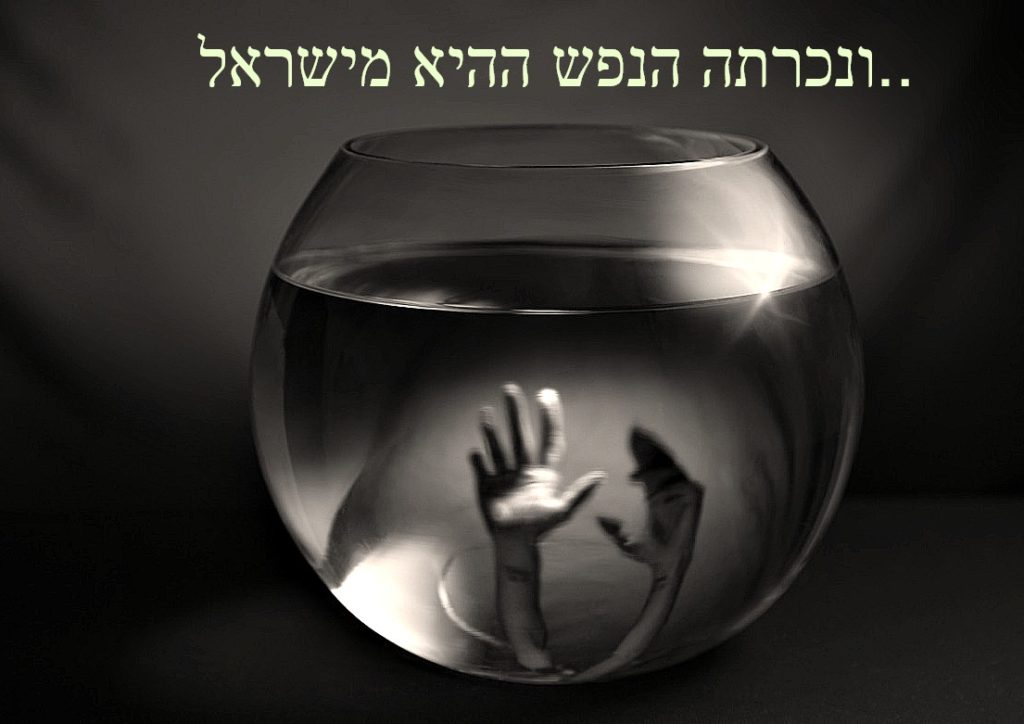
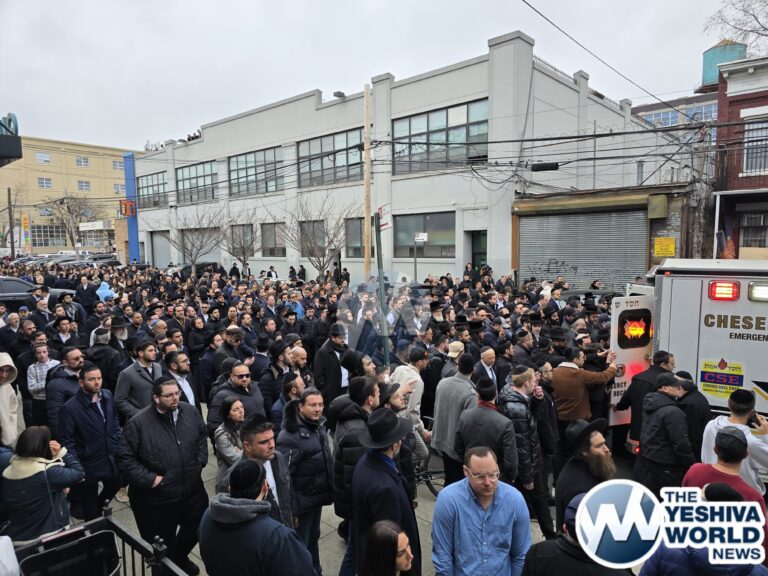


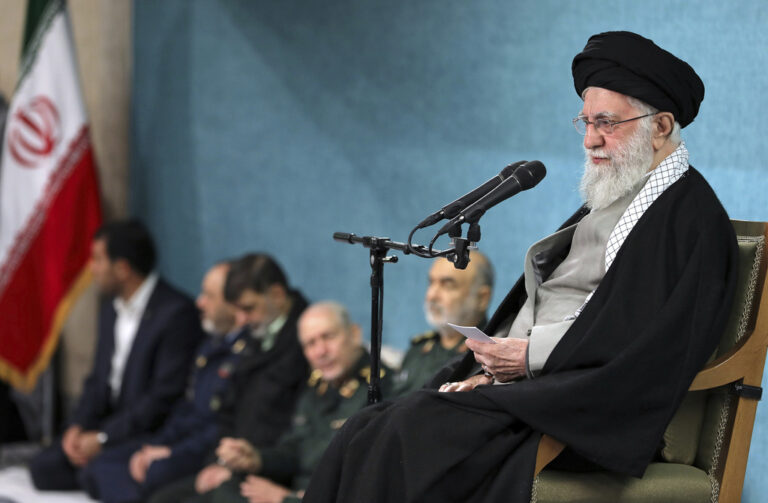
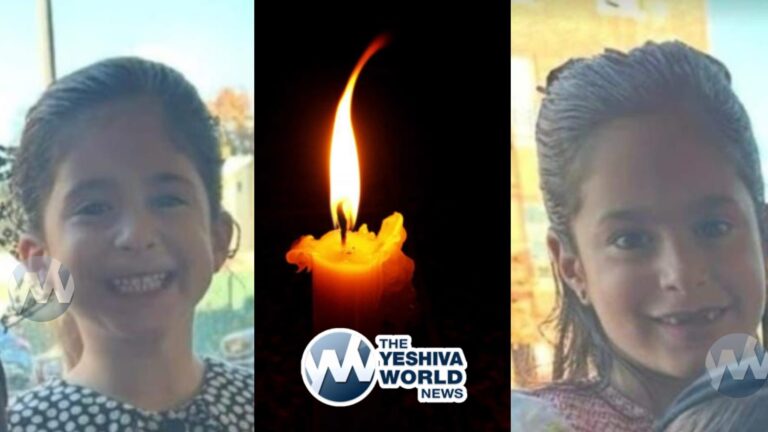


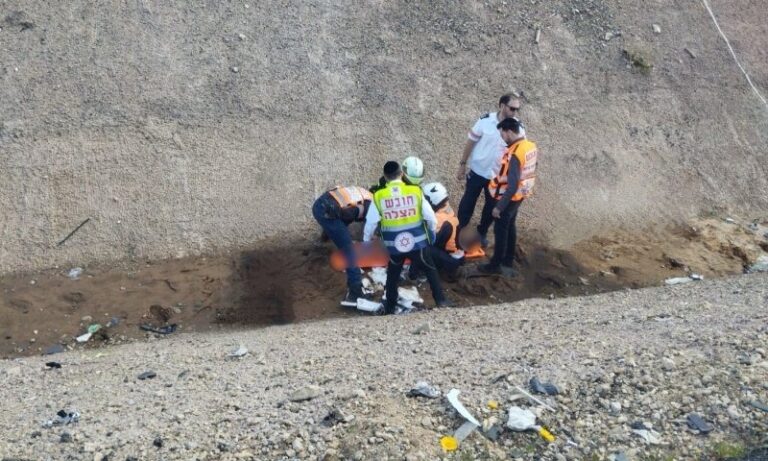


6 Responses
What can women do?
Just to calm down anyone freaking out about some desperate need to do some Tikkun Karet for some chillul shabbat he was not aware of, or maybe eating chametz on pesach, or even visiting har habayit and wondering if he can really rely on the Rabbis who permit up to certain boundaries, Karet is only for a sin committed b’mezid, with full awareness of the severity of the sin bu
Karet is only for someone who is fully aware of the severity of the sin, but does it anyway. That excludes most of us.
I believe teshuva always helps? No? Correct me if I am wrong please
em an article about rectifying aveiros which doesn’t mention teshuva? Unbelievable
To set the record straight may I quote the Rambam:
בַּזְּמַן הַזֶּה שֶׁאֵין בֵּית הַמִּקְדָּשׁ קַיָּם וְאֵין לָנוּ מִזְבַּח כַּפָּרָה אֵין שָׁם אֶלָּא תְּשׁוּבָה. הַתְּשׁוּבָה מְכַפֶּרֶת עַל כָּל הָעֲבֵרוֹת.
– the only eitzo now that we don’t have korbonos is teshuva, which is mechaper on all aveiros, with the following limitation, that for koreis the kaporo is only finished with yisurim following his teshuva:
עָבַר עַל כְּרֵתוֹת וּמִיתוֹת בֵּית דִּין וְעָשָׂה תְּשׁוּבָה, תְּשׁוּבָה וְיוֹם הַכִּפּוּרִים תּוֹלִין וְיִסּוּרִין הַבָּאִין עָלָיו גּוֹמְרִין לוֹ הַכַּפָּרָה. וּלְעוֹלָם אֵין מִתְכַּפֵּר לוֹ כַּפָּרָה גְּמוּרָה עַד שֶׁיָּבוֹאוּ עָלָיו יִסּוּרִין, וּבְאֵלּוּ נֶאֱמַר (תהילים פט-לג) ‘וּפָקַדְתִּי בְשֵׁבֶט פִּשְׁעָם וּבִנְגָעִים עֲוֹנָם’.
It is possible that the Arizal meant that Tikkun Koreis lessens the yisurim necessary to achieve kaporo through doing teshuva. But without having looked it up I find it unlikely that this is without having done teshuva, given the Rambam’s loshon.
Either way it is a dovor poshut that when talking about fixing aveiros the first and last thing one mentions is teshuva! I’m sure this was an oversight and Rabbi Hoffman would agree.
Hey people – Relax. The Baal Hatanye explains how it is that in today’s times people b”h live healthy and happy lives in spite of their real sins. Please see Chapters 4-6 in Igeret Hatshuvo in Tanya.
תניא – אגרת התשובה – פרק ד -ה – ו